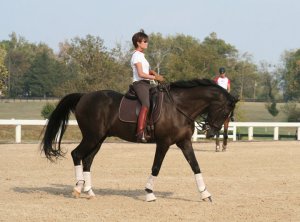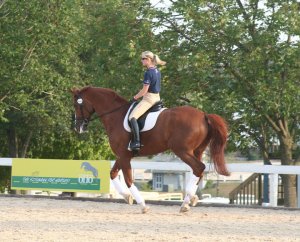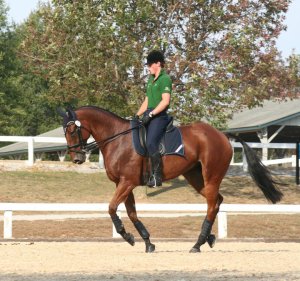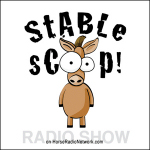My apologies for not getting onto this earlier but I have been away in sunny Florida.
So the FEI have released the minutes, participant list, presentations and fall statistics from the meeting held in late January. We must remember that this annual meeting is primarily National Safety Officers and is called the “FEI Eventing Risk Management Seminar”.
I must say up front that I was told in no uncertain terms prior to the meeting that the meeting was not about frangible devices or moves to develop an industrial standard. Well this seems to be exactly the case. I found a total of three references, in all of the eight documents published. All of these references were passing and include NO detail at all.
Personally I see this as a glaring omission and I will explain why.
For at least the last 12 months and for longer, but perhaps more anecdotally, we have been compiling data on the types of frangible devices used, types of fences they were used in, did they deploy or did they fail to deploy.
These are important statistics, there is NO statistical information included in the FEI Statistic on falls, fences and injuries that identify frangible devices. Just so I am being clear, there is absolutely no statistical information released by the FEI on the use of frangible fences.
I believe this information is critical to our plans and future direction. Let me explain a little first. At an FEI Competition, the TDs and CD need to fill in an extremely detailed form outlining the details of every fence included in the competition. Using this information we should be able to identify if you are more likely to have a horse fall off a left or right bend, in or out of water, up or down a hill, at a portable or fixed fence and also at a frangible or non-frangible fence.
We can also identify using the report, the profile of fences that have a statistically higher chance of causing a horse fall. We should also be able to identify if a particular profile of fence has a lower chance of producing a horse fall if a frangible device is used (and perhaps even which type of frangible device has the lowest chance of a horse fall).
All of this information is important for Officials to understand when analyzing a course and for CDs when preparing a course. Failure of frangible devices to deploy is also important information, especially when the resulting fall results in serious injury or worse. I can think of four really famous examples of failure to deploy in the last 12 months.
Was the failure to deploy a case of the perfect storm of bad circumstances or simply, a less appropriate device being used?
What I do know is that this type of information need not be highly sanitised to the point the information becomes useless, but disseminated to the people who need to know, firstly the NSO’s and secondly to the Officials who are the Individuals responsible and are responsible when something goes wrong.
I really do hope that more time was spent on discussing frangible devices and that some lost report suddenly appears on the FEI website, but I do not hold out much hope. It seems we are destined for another year of sanitised, compartmentalised and fragmented information about the sport.
One other issue I see with the statistics is that they only represent the FEI competitions. I know there are issues with getting complete information from National Federations, but hey, a complete picture on the sport would be nice. For instance the report mentions that there have been seven rider fatalities in the last 7 years. Unfortunately when you add the national competitions into the mix that number goes from 7 to 27 almost four times the rate.
Statistics are important and we must continue to work on them, however we need to extract and disseminate more meaningful and practical, applicable data that a Course Designer or Technical Delegate can use in the field where it really matters.
The documents can be read and downloaded on the FEI website here.






